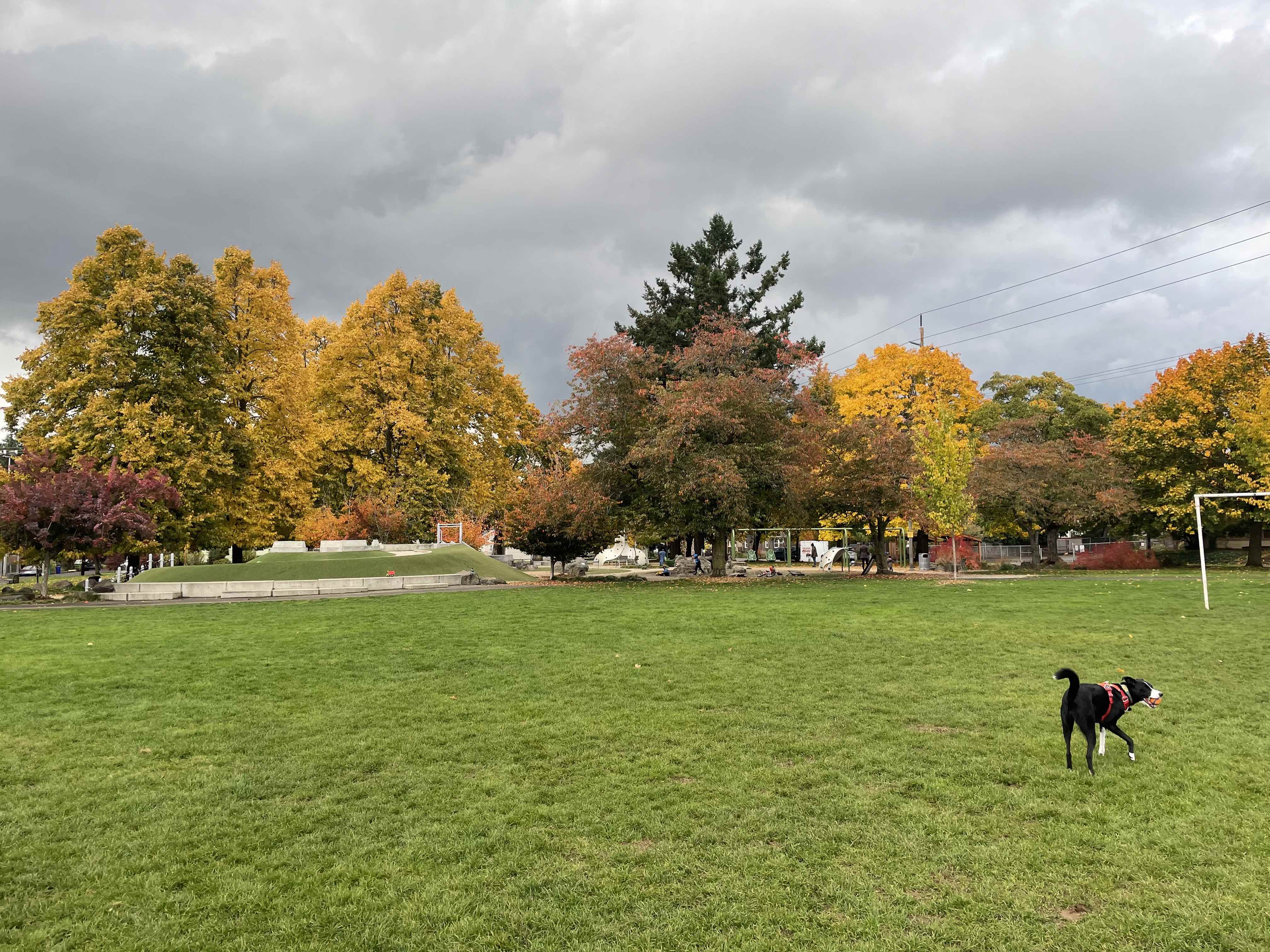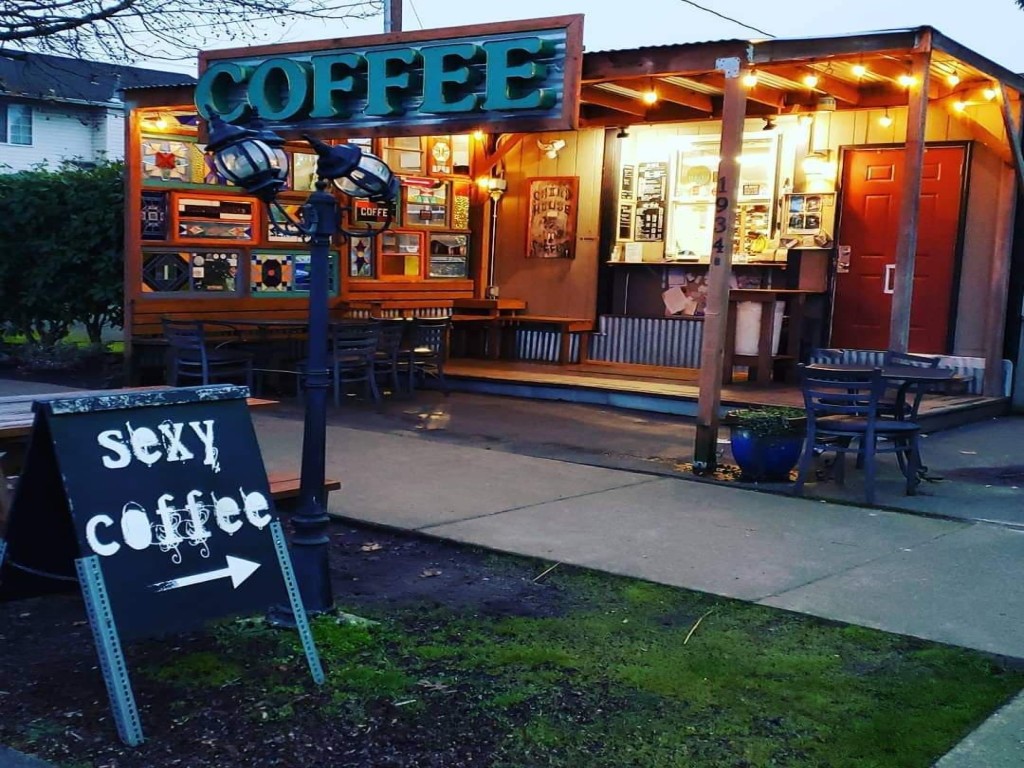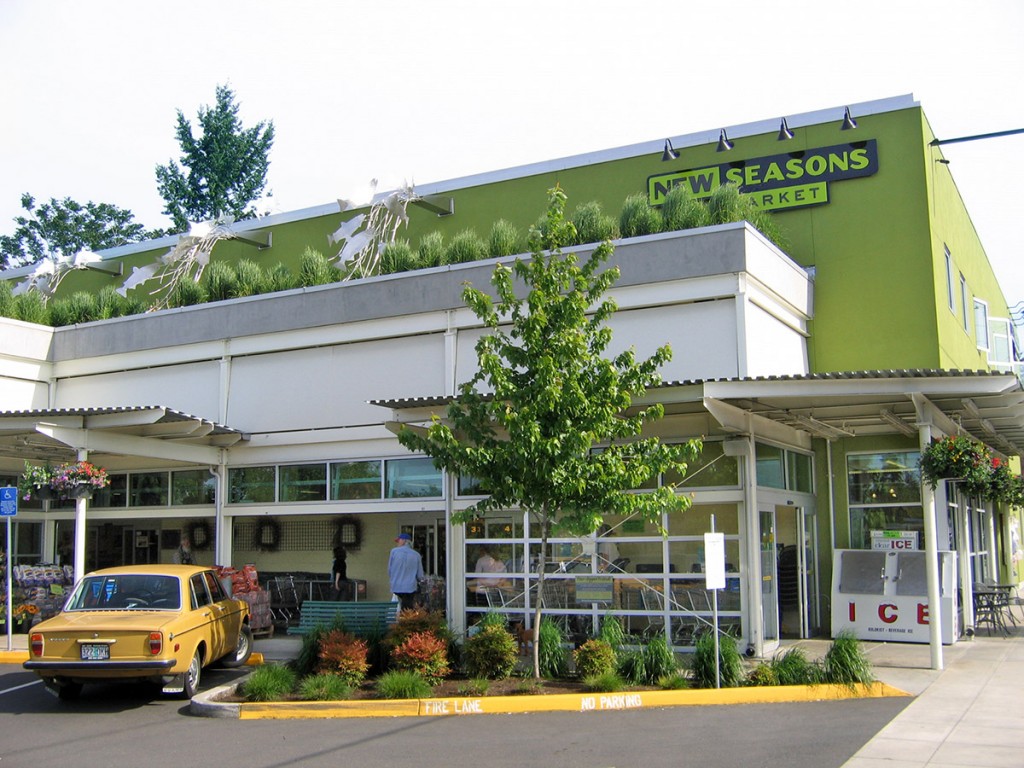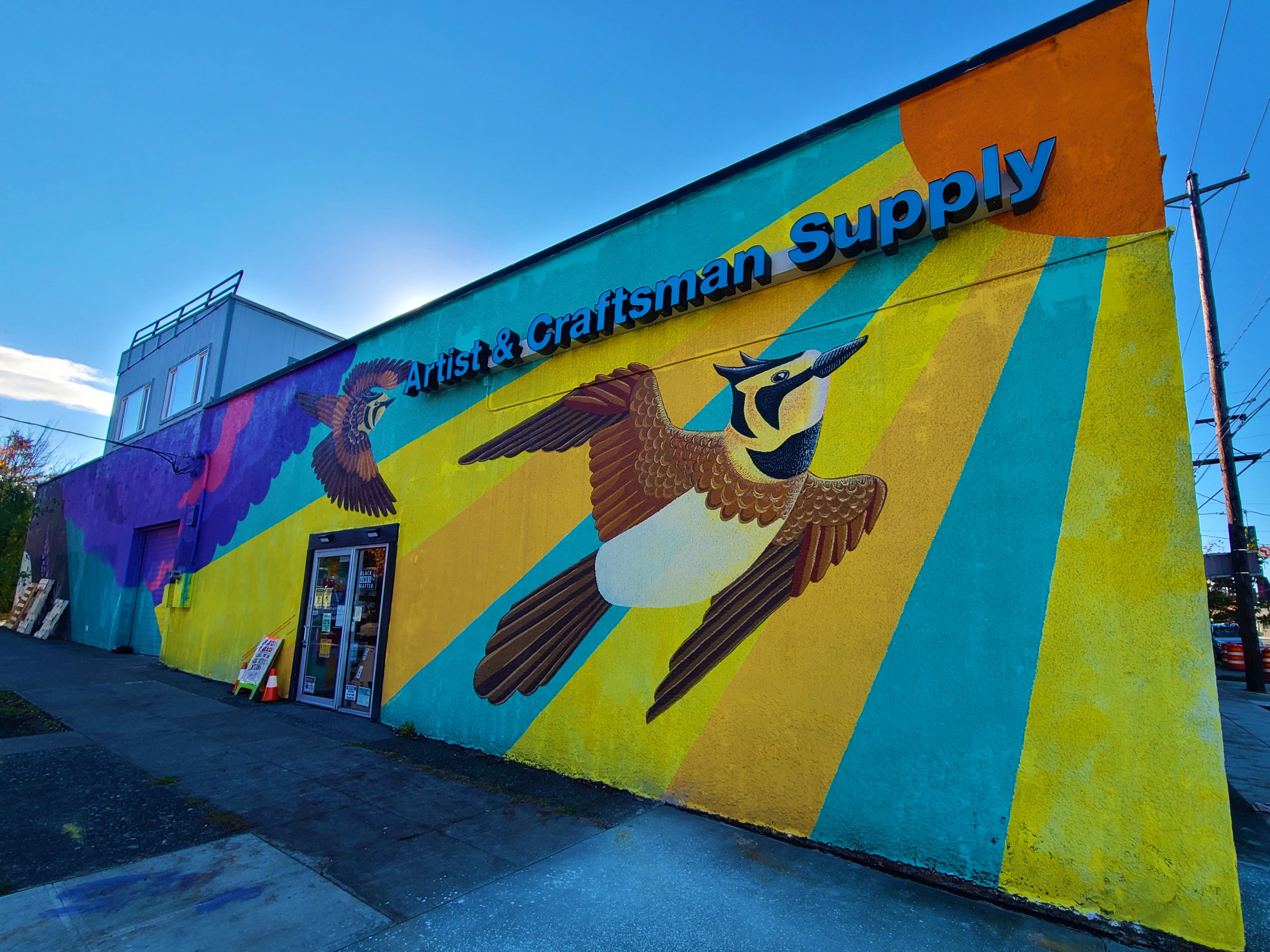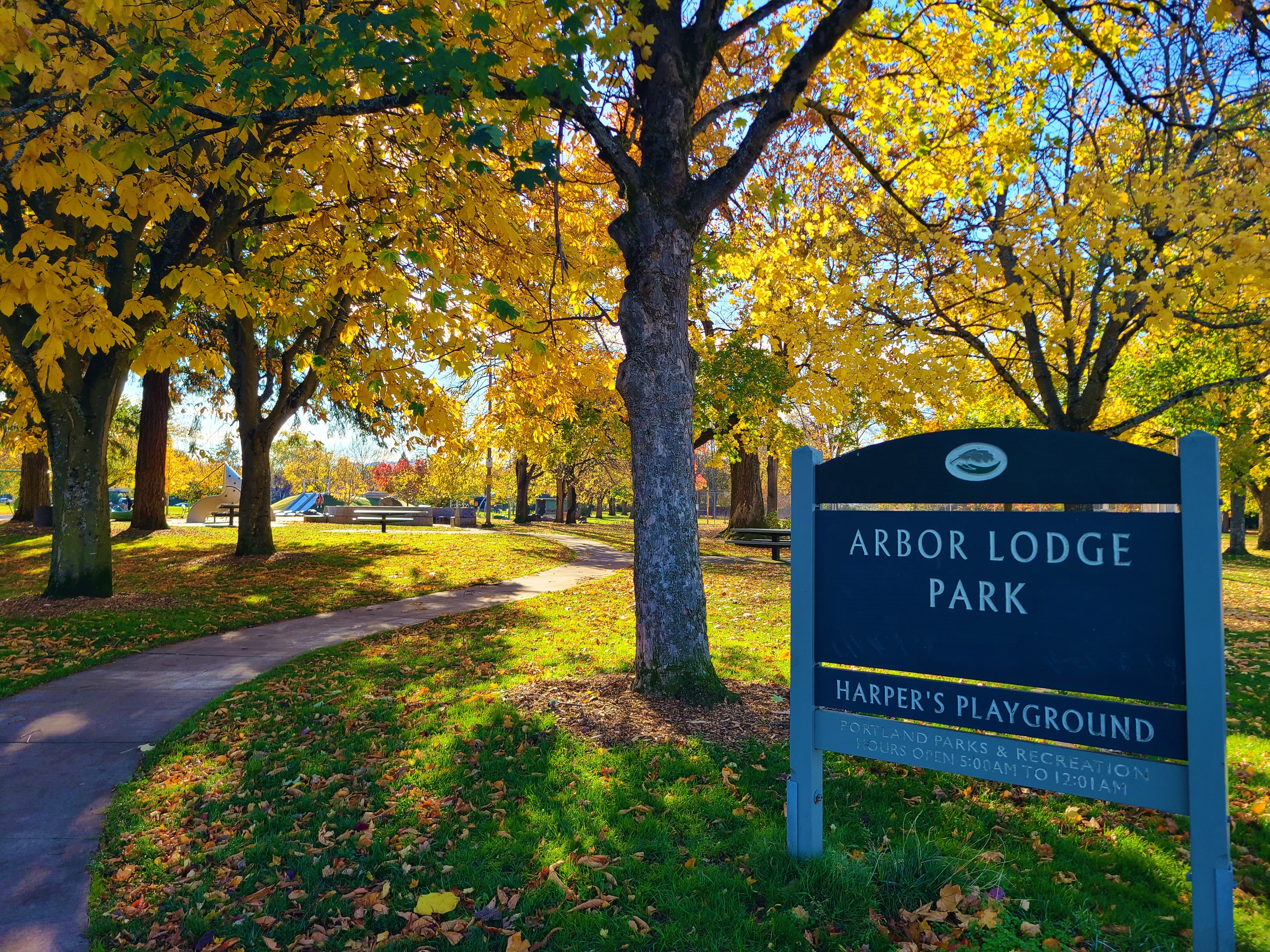03/22/2021
Help Eradicate the Lesser Celandine Plant
--Sharing via the Overlook Neighborhood Association--
Please help make progress towards eradicating the invasive Lesser Celandine. Though this plant looks cheery, it chokes out other species by spreading rapidly via seed as well as small bulb-lets. Property holders are strongly encouraged to manage and properly dispose of this plant. For more information and proper disposal instructions, check out the Portland Environmental Services website or information below.
--
Lesser CelandineRanunculus ficaria
ODA “B” rank species (ODA ranking page)
Lesser celandine makes everyone want to scream, both because it is so difficult to manage once established, and because it is so commonly known in the gardening community as “marsh marigold.”
Why are we concerned?
Lesser celandine is death on dirt. Lesser celandine infestations can lead to:
Reduced plant diversity as other species are choked out
Promotes erosion by killing off dying back in early spring
How does it spread?
Lesser celandine is spread by seed, but also more importantly, through small bulblets which are easily distributed in disturbed areas. Lesser celandine seeds and bulblets are moved by:
Soil movement
Gardeners
What does it look like?
Plants have rosettes of tender, succulent, dark green, shiny kidney- to heart-shaped leaves. Bright yellow flowers are symmetrical with a slightly darker center and grow on separate stalks above the leaves. The number of petals on each flower ranges from six to 26. Double-bloom varieties have up to 60 petals. Lesser celandine is noted for having three green sepals, the supporting leaves attached to the base of the flower; lookalikes don’t have sepals.
Are there any lookalikes?
Lesser celandine resembles the native wetland plant marsh marigold (Caltha palustris). But marsh marigold isn’t known to grow in Portland so it’s unlikely you’ll see any here. You’re more likely to see the marigold lookalike Caltha leptosepela, but it has white flowers. You can distinguish the invasive lesser celandine from these Caltha species by its dense, continuous mat of plants.
How do we deal with it?
Manual: Digging up lesser celandine is time-consuming and requires careful attention to detail, as well as regular monitoring. Manual management is only recommended on small patches. Excavated soil and bulbs should be go in the trash, not in compost or yard debris.
Herbicide: Herbicide trials in the Portland area are ongoing. Spring treatments have not been as effective as claimed; mid-winter treatments, while tricky, may give better results. On patches of more than a few plants, herbicides are used in combination with the manual methods described above.
How can folks help?
Lesser celandine is not a species that the city is currently managing on private property. Private property holders are, however, strongly encouraged to manage and properly dispose of celandine. Do not trade this species with other gardeners.


